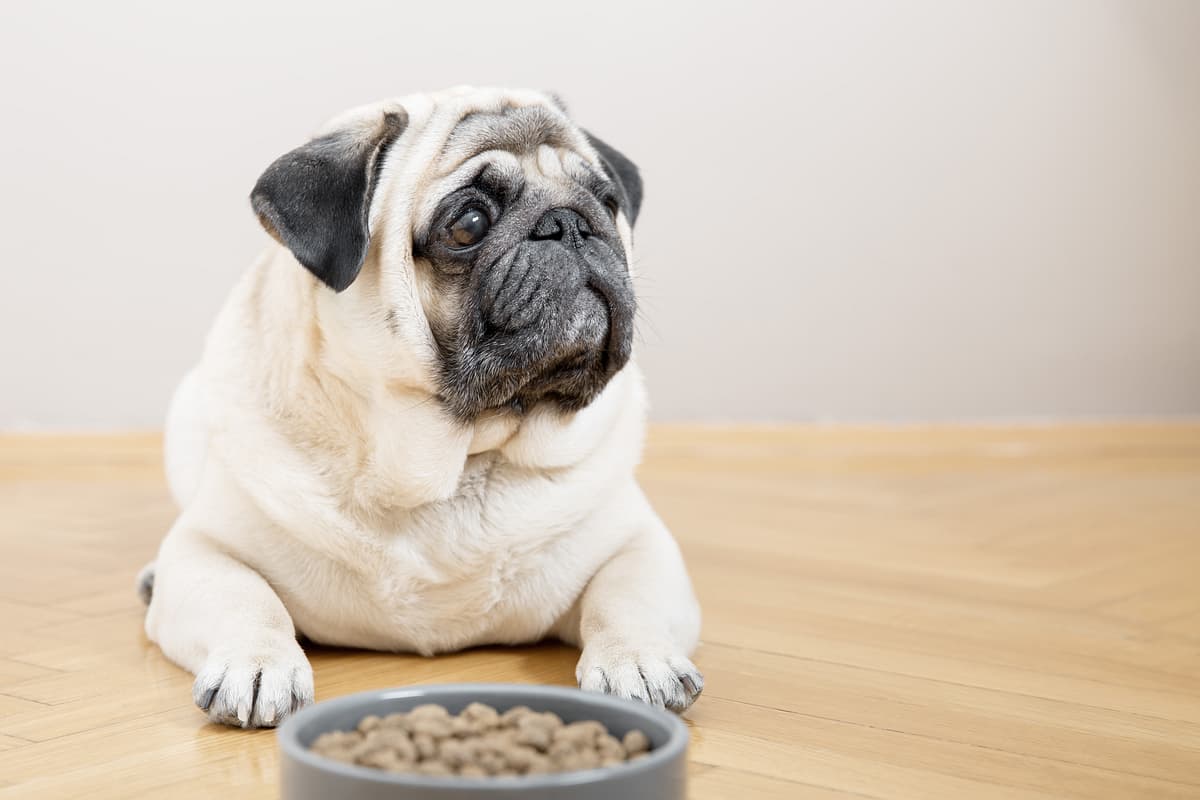Pug vs English Bulldog
Discover the differences between Pug and English Bulldog to make the best choice for your situation.
Try different breeds

Pug
Charming, playful, and affectionate, this small dog thrives on human companionship and delights everyone with its expressive face. Always eager to please, it makes a devoted family friend.

English Bulldog
Stocky, courageous, and affectionate, this breed charms with its wrinkled face and calm nature. Loyal and gentle, it thrives as a loving family companion.
Quick comparison
Small
6.3–8.1 kg
Short, smooth
12–15 years
6.3–8.1 kg
Low activity needs
Medium
23–25 kg
Short, smooth
8–10 years
18–23 kg
Low activity needs
Personality & behavior
Compare the personality traits and behavioral characteristics of both breeds.
Pug
Outgoing and sociable with people and pets
Learns basic commands with consistent training
Prefers short play sessions, tires easily
Enjoys games and lighthearted interaction
Adjusts well to new environments and routines
English Bulldog
Affectionate and gentle with family and children
Learns basic commands with some patience
Prefers lounging over vigorous physical activity
Enjoys play but tires fairly quickly
Adjusts well to most living environments
Care needs
Exercise, grooming, and daily care requirements
Pug
Brachycephalic syndrome, eye problems
English Bulldog
Brachycephalic syndrome, skin fold infections
Suitability
How well each breed fits different living situations and families
Pug
Great choice
Pugs are easygoing and forgiving, making them manageable for inexperienced owners.
Perfect fit
Their small size and lower energy suit apartment environments well.
Not ideal
Pugs tire easily and are not suited for intense or highly active lifestyles.
Very friendly
Their gentle temperament makes them safe and affectionate with young children.
Highly suitable
Pugs typically get along well with other pets in the household.
Prone to anxiety
Pugs dislike being left alone for long periods and may develop separation issues.
English Bulldog
Good option
Easygoing, low-maintenance nature suits owners with limited dog experience
Excellent fit
Moderate exercise needs and calm demeanor work well in small living spaces
Not ideal
Low stamina and breathing issues make them unsuited for high-activity lifestyles
Very suitable
Gentle, patient, and tolerant with young children when properly socialized
Usually compatible
Generally sociable but may need guidance with other pets, especially dogs
Not recommended
They struggle with long periods alone and are prone to separation anxiety
Breed strengths
What each breed excels at and their best qualities
Pug
- Affectionate with families and children
- Adaptable to apartment living
- Generally friendly toward other pets
- Low grooming requirements
- Playful and sociable personality
English Bulldog
- Affectionate with family members
- Generally good with children
- Low exercise requirements
- Minimal grooming needs
- Adaptable to apartment living
Challenges & considerations
Potential challenges and considerations for each breed
Pug
- Prone to obesity without managed diet
- Can suffer from breathing difficulties
- Sensitive to heat and humidity
- Stubborn during training sessions
- Eyes susceptible to injury and infection
English Bulldog
- Prone to respiratory problems
- High risk of overheating
- Susceptible to skin infections
- Can be stubborn during training
- Tends to drool frequently
Ready to choose your perfect breed?
Learn more about each breed or compare other breeds to find the perfect match for your lifestyle.
Discover more helpful tools
Make use of our other free tools to get the most out of your pet experience
